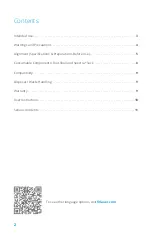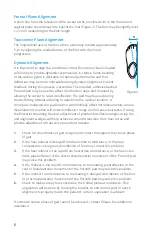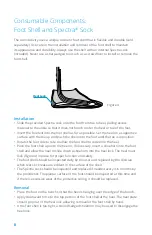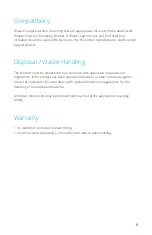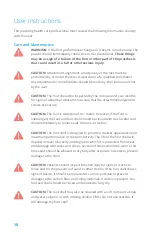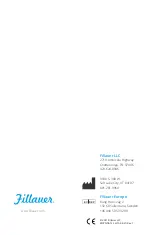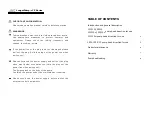
5
Any adjustment or modifications should be made by the clinician and not
by the user .
NOTICE: If any serious incidents occur in relation to the usage of the
device, contact your Fillauer Representative and the appropriate authority
in your country .
Alignment (Specifications &
Preparations Before Use)
Proximal attachment
The Posterior Mounting Bracket (PN 180-10-2000), typically used for permanent
attachment, may also be used in a temporary setting but only allows angular
adjustments. Permanent attachment of the foot may be achieved via direct lamination
or use of the Posterior Mounting Bracket. See Posterior Mounting Bracket instructions
for more information or request assistance from Fillauer for further instruction in this
process .
Static Alignment—Sagittal Plane
Before aligning, the initial heel height should be
established. The Aeris Activity employs a 0° posterior
lean (Figure 1) with a ⅜ inch (10 mm) heel block
to preload the anterior keel . When the patient is
weight bearing, the socket bisection should settle to
a vertical to slightly flexed position. This will require
some extension to be built into the socket in bench
alignment or through the addition of wedges as
described in the Posterior Mounting Bracket Manual.
It Is recommended that the included Posterior
Mounting Bracket is used to establish height and
rotation of the foot prior to final lamination, this
can be done in either the test socket phase and/or
before the final lamination. For final attachment, use
of the Posterior Mounting Bracket is recommended (see Posterior Mounting Bracket
instruction manual) for adjustability; however, the foot can be mounted directly to the
posterior socket wall.
Figure 1
10 mm


